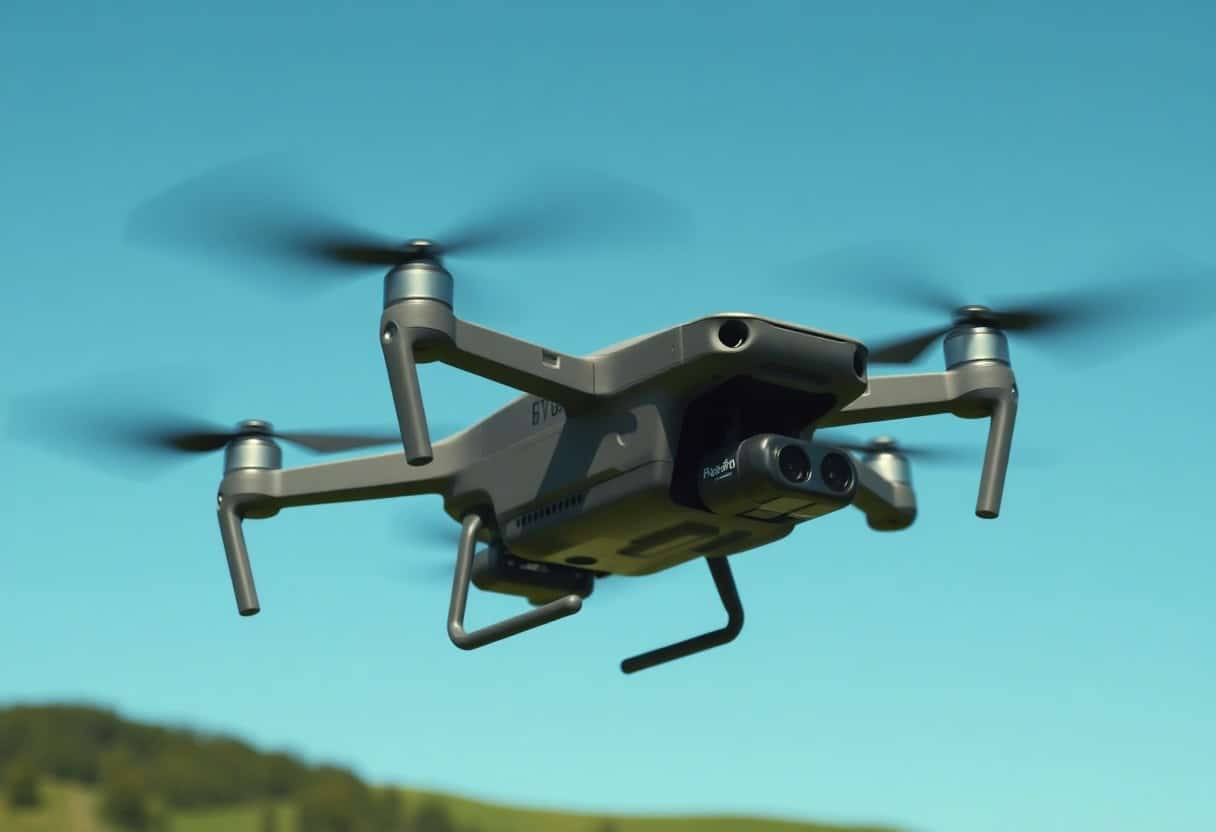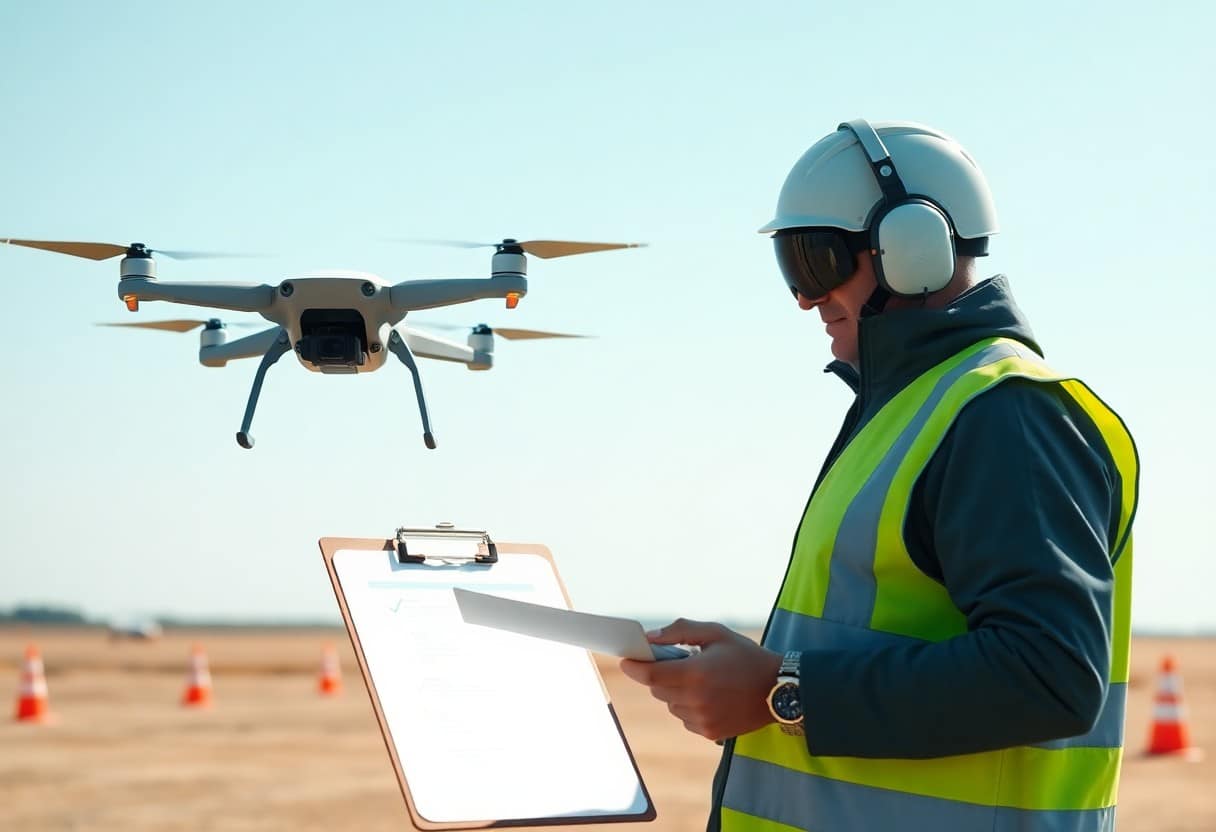10 Steps To Master Basic Control Inputs For UAVs
Mastering basic control inputs when operating a drone (UAV) is your first step to becoming a good operator. These 10 steps will help you understand and utilize basic controls to make your flying experience safer and more efficient. Proper Control TechniquesNot only can you improve your flying skills, but you can also avoid accidents and make sure your drone is stable in the air. Now, let's learn these key steps together to improve your flying skills!
Summary of key points:
- Basic Control Inputs: Mastering the basic control inputs of a drone is the foundation of flight.
- Understanding the Principle of Flight: Familiarity with the principles of drone flight helps to improve the accuracy of operational control.
- Simulator Exercise: Pre-operational practice with flight simulators can reduce the risk of accidents.
- Progressive: Start with simple moves and gradually increase the complexity to improve your skills.
- Feedback and Adjustments: Adjust control inputs based on flight feedback for better flight stability.
- Environmental Adaptation: Understanding and adapting to different flight environments can improve drone performance.
- Continuous Learning: Continuously updating your knowledge and skills to keep up with the times is the key to flying.
Understanding Drone Components
Before you can master the basic drone control inputs, you first need toAn in-depth look at the main components of a droneThe This includesFlight controllers, power systems, sensors and airframesetc. Each component plays a key role in flight, affecting the stability and maneuverability of the drone. EspeciallyFlight ControllerIt is responsible for calculating and adjusting the flight attitude to ensure the smooth flight of your drone. Recognizing the functions of these components and their interrelationships prior to operation will enhance the safety and efficiency of your flight.
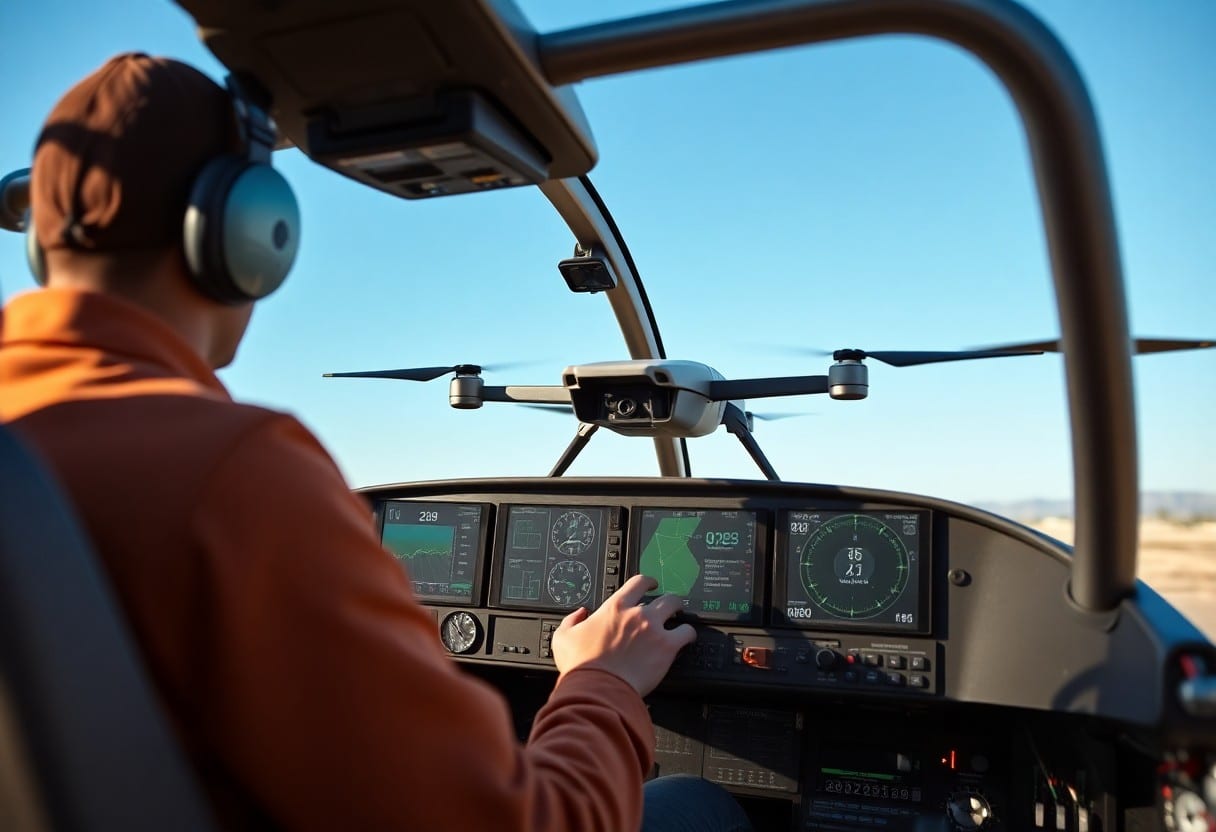
Knowledge of control interfaces
Before operating the drone, you mustFull understanding of the control interfaceIt is important to understand the function of each button and joystick. Each drone's control system may be slightly different, and it's important to understand the function of each button and joystick. SeeWrong button or manipulationThis can lead to accidents and incidents. It is recommended that you take the time toRead the brochureAnd perform simulation exercises to improve your confidence and skills. Proficiency with the control interface will have a direct impact on the performance of your drone.Flight StabilityIn addition, the company's products and services have been designed to improve safety and performance.
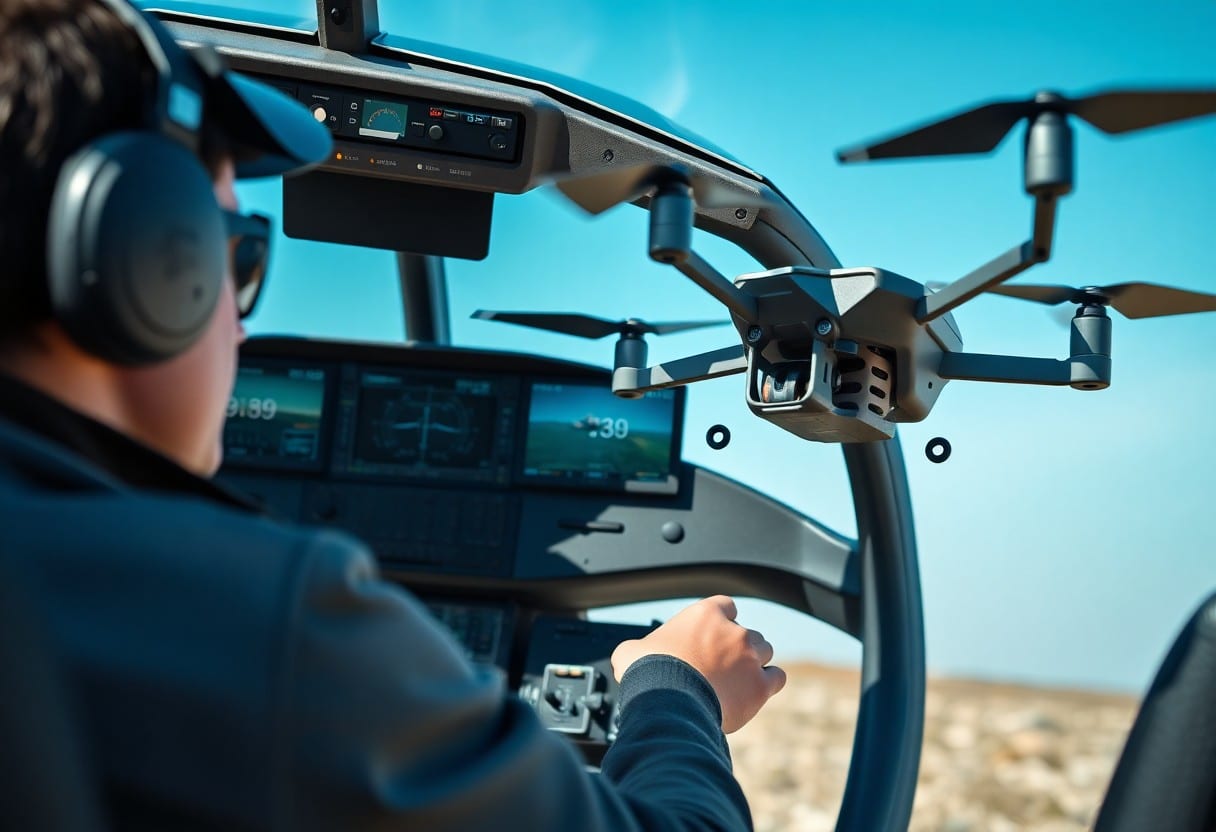
Learn throttle control techniques
While operating the drone.Throttle Control TechnologyThis is one of the basic skills you must master. With constant practice, you can learn how to precisely adjust the throttle to ensure stable flight.Excessive acceleration or decelerationIt can lead to loss of flight control or even cause an accident, so it is important to control the throttle power. Try increasing or decreasing the throttle in stages and observe the drone's response. This will help you improve your control skills and confidence, and ensure a safe takeoff and landing every time.
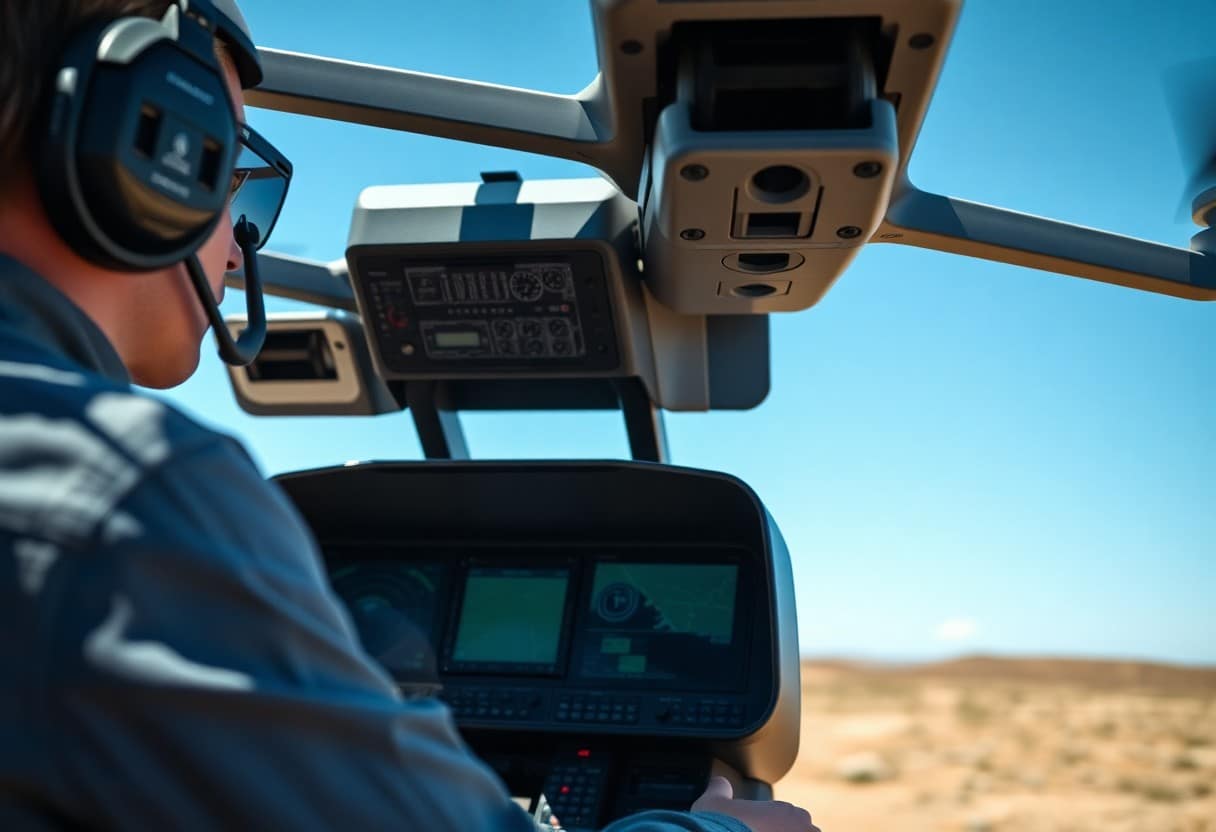
Practice Pitch Adjustment
While flying a drone.Pitch AdjustmentThis is a vital skill. This means you need to practice how to quickly and accurately adjust your drone's forward and backward tilt to maintain stable flight. Adjustments that are too fast or too slow can result inloss of controlIn this process, the understanding of PID control is essential. Understanding of PID control is essential in this process. You can look upWhat basic drone controls should every new pilot be familiar with?to gain more in-depth knowledge to help you become proficient in this skill.
Mastering the Rolling Motion
While operating the drone.Skillful mastery of the tumbling mechanismIt's vital. This maneuvering technique not only improves your flying skills, but also helps you maintain stability in emergency situations. When practicing tumbling, theCut marking controls speed and altitudeYou should always stay alert to ensure the safety of your surroundings. At the same time, you should always stay alert to ensure the safety of your surroundings. If you want to learn more about the basics and advanced techniques of drones, you can refer to the following articleHow to prepare for the drone authorization process?The
Understanding Yaw Rotation Principles
When operating a drone, it is important to understandyaw rotationThe fundamentals of yaw are of paramount importance. Yaw is the rotation of the drone along the vertical axis, which directly affects its facing direction. When you want to change the drone's heading, it is important to know how to change the yaw of the drone.Correct control inputsIt is important. Excessive maneuvering can cause the drone tounstableLearning how to control yaw smoothly is the key to improving your flying skills. In addition, you can refer to theChange Your Lens - 8 Steps to Cinema Drone PhotographyGet helpful tips to enhance your flying experience.
Implementation of coordinated actions
When flying a drone, you need to learn toCoordinated Actionto ensure stable and safe flight. This means controlling the throttle, direction and attitude all at the same time to reach the desired destination. Through extensive calculations and precise maneuvering, you are able toReducing accidents and hazardsThe first thing you need to do is to make sure that you have the right airplane for the right maneuver. Staying calm and focused on the desired maneuver during this process will make your flying moreFluency and efficiencyYou'll become an excellent drone operator. By practicing this, you will become an excellent drone operator.
Utilizing the stabilization model
When maneuvering the drone, you should make full use of theStabilization modeThe stabilization mode automatically adjusts the drone's attitude to help you maintain a safe and stable flight in a variety of weather conditions. Stabilization Mode automatically adjusts the drone's attitude to help you stay on course in all weather conditions.Stable flightThis is especially important for beginners. This is especially important for beginners, as it reduces theUncontrolled RisksThis allows you to focus on practicing your basic control skills. In addition, by using the stabilization mode, you can gain confidence in different operating environments and gradually improve your flying skills.
Perform emergency procedures
When you have a problem with your drone, run theEmergency ProceduresIt is critical. First, stay calm and assess the situation to determine the best course of action. If you experience low battery power, you should immediatelyActivate auto-return functionIf you are unable to control the flight, quickly switch to the airplane's control mode and make sure that the drone returns safely. If you are unable to control the flight, quickly switch to theManual Modeto allow for manual landings. In any case, know your area'sSafe landing positionis necessary to minimize the risk of damage and danger.
10 Steps to Mastering Basic Drone Control Inputs
With these 10 steps, you will be able to effectively master the basic control inputs of your drone. From understanding the various functions of the controller to practicing precise flying techniques, these steps will help you build a solid foundation. Continued practice and practice will steadily improve your flying skills and give you the confidence to fly your drone in a variety of environments. Remember, practice makes perfect and patience will make you an excellent drone operator.
Frequently Asked Questions
Q: What is UAV?
A: UAV refers to Unmanned Aerial Vehicle, which is an aircraft that does not require a crew member to operate it in the cabin, and can be controlled remotely or flown automatically.
Q: Why do I need to learn basic control inputs?
A: Learning basic control inputs can help controllers fly the drone effectively, enhance flight safety, reduce the risk of accidents, and improve the quality of filming and data collection.
Q: What are the basic control inputs of the drone?
A: Basic control inputs include throttle, rudder, leveling and roll controls. These control inputs help the operator to adjust the altitude, direction and attitude of the drone.
Q: What steps will help me master basic control inputs?
A: The steps to proficiency in basic control inputs include understanding the controller interface, practicing basic flight operations, performing simulation exercises, and flying in a safe environment.
Q: What is a controller? How do I choose one?
A: A controller is a device used to control the drone and usually has multiple functions. When choosing a controller, you should consider the comfort level, richness of functions and compatibility with the drone.
Q: How to keep the drone stable during flight?
A: The key to stabilizing the drone is proper control inputs and timely response. Operators should learn to adjust control inputs based on wind speed and other environmental factors.
Q: What can I do if I have a problem?
A: When you encounter a problem, you should first check your drone's settings and controls to make sure the software inside the drone is up-to-date. You can also join an online forum or community for help, or take an offline flying course for guidance.
